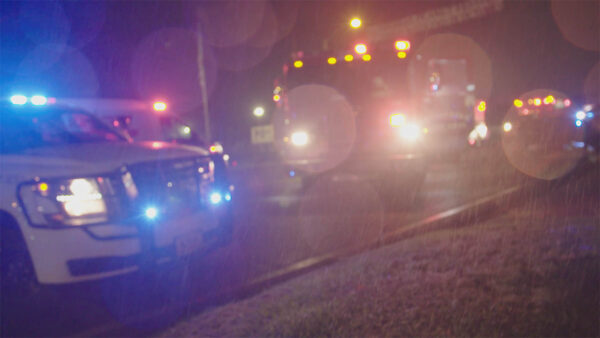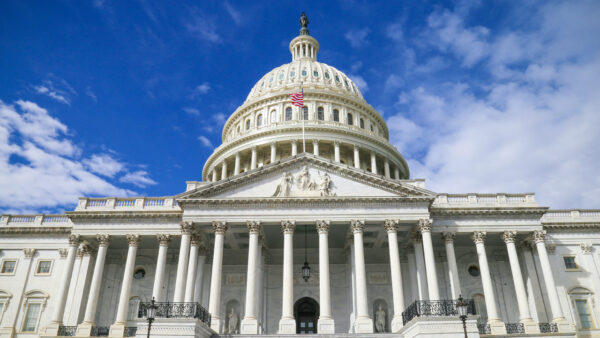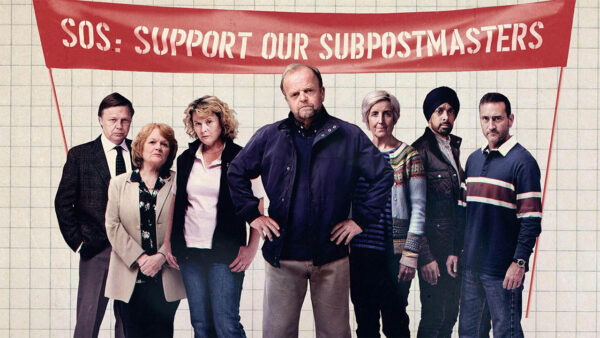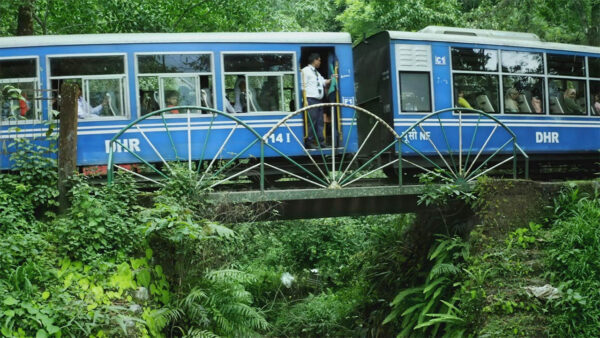Programming Highlights
“Latino Americans” documents how the American population begins to be reshaped by the influx of people from Cuba, Mexico and Puerto Rico. Their arrival began in 1880 and continues into the 1940s. Their presence starts to build strong Latino-American communities in South Florida, Los Angeles and New York
Related Content
Tastemakers & Earthshakers
Latinx youth in Los Angeles starting in the 1940s until today is particularly vibrant. This online component of a multimedia exhibition at the Vincent Prince Art Museum presents vignettes that consider a mostly Latinx youth culture as a social class with distinct issues, principles of social organization, and subcultural groups.
Pacific Standard Time: LA/LA
See how Latin America and Latino Americans helped shape arts and culture in Los Angeles and beyond.
Lost LA: Borderlands
See how California transitioned from native land to Spanish colony and from Mexican province to American state.
Lesson Plans
Identity, Immigration and Economics: Involuntary Deportations of the 1930s
Understand the involuntary deportations of Mexican immigrants and U.S. citizens of Mexican heritage during the 1930s. Examine attitudes and policies that these communities faced during that era.
Who Are Latinos handout
Who do you think Latino Americans are? Where do they live? This handout prompts you to consider your own preconceptions of Latinos and identify new questions to investigate further.
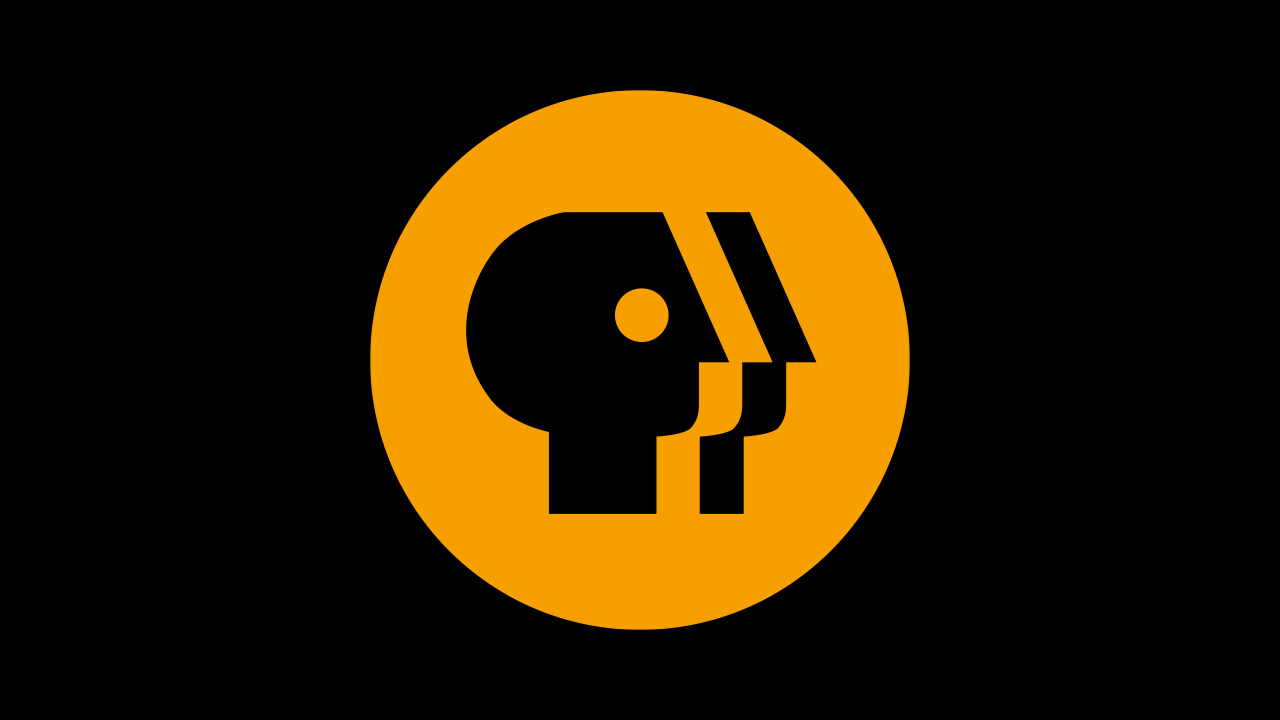)





